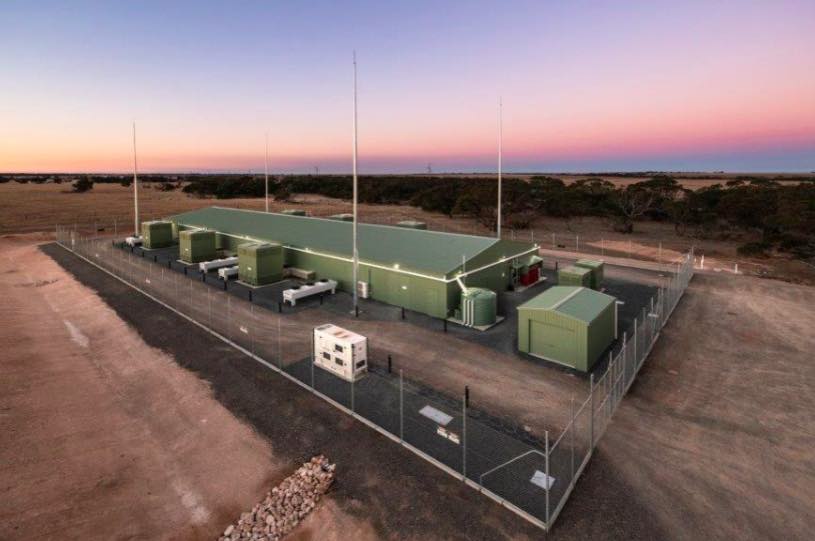The principal energy networks lobby is pushing the case for more innovation on Australia’s main grids as owners, operators and regulators grapple with the impact of electric vehicles, rooftop solar, battery storage and other enabling technologies that promises to “tip the system on its head.”
A new report from Energy Networks Australia highlighting some of the innovative projects over the past year reminds us that new technologies are creating fundamental changes in the way the grid is and will operate, and the way people should think about electricity.
This is important as policy and rule makers grapple with the pace and scope of the energy transition, and highlights the dangers of being trapped in the old way of thinking about centralised, one way, hub and spoke systems, rather than the dynamic, distributed, two way, and interactive systems encourage by new technologies.
“We don’t use electricity in the same way anymore, both in terms of how much we use and when we use it,” Energy Networks Australia CEO Andrew Dillon says in a statement accompanying the release of the Network Innovation 2020 Report.
“Electric vehicles, household PV solar and battery storage are tipping the system on its head. Whereas demand was high in the middle of the day, it’s now low, and where we had steady generation from coal, we now have variable renewables. This makes innovation essential to ensure we can continue to provide reliable power as affordably as possible.
“As our network evolves, innovation is also enabling customers to have a greater say in how their system operates and deliver a future where consumers have much greater control over their energy.”
This may seem obvious to many people paying attention to the changes of the grid over the past decade, in particular the growth of distributed technologies such as rooftop solar and battery storage, the possibilities from EVs, and the way that new software and monitoring devices can encourage demand side initiatives as well as supply side solutions.
Among the projects highlighted in the new report are the Dalrymple North battery project in South Australia, which proved particularly challenging because of the scope of services it was seeking to provide, but which has now proven the case for providing grid services, energy artbitrage and keeping the lights on in a local area in the case of a wider outage.
Variations of this installation are expected to follow around the grid, particularly in “micro-grid” applications that can build local resilience – an important consideration as the weather extremes cause problems for the broader network in terms of risk from fires, winds, storms and floods.
Another micro-grid innovation combines rooftop solar, batteries, gas and the first “green hydrogen” electrolyser in Australia in a project led by ATCO.
The Ballarat Energy Storage System, one of two big batteries now operating in Victoria, has also highlighted why being “small” does not reflect its ability to influence the grid.
The Ballarat battery, the ENA report notes, may only account for 0.3 per cent of the state’s electricity generation capacity, but it already accounts for about a quarter of Victoria’s contingency FCAS services and four percent of its regulation FCAS services, and displaced higher cost coal generators at the same time.
Other projects have highlighted how other technologies can provide solutions to perceived “problems” in the grid, and can help distribute technologies make the network more resilient, without the need to spend heavily on grid upgrades.










